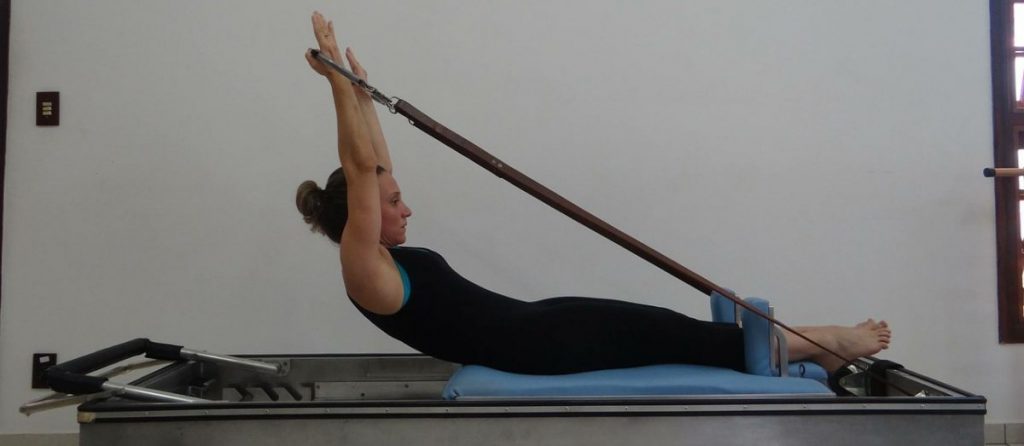Maybe you turned your ankle the wrong way while you were rock climbing, or you simply took a misstep off a curb; whatever happened, your ankle is throbbing, swollen, and you feel like you can hardly move it. You’re pretty sure you’ve sprained it. Now what?
Here’s a look at some important information that can help you determine whether or not you really sprained your ankle, and if so, what you should.
What is a Sprain?
A sprain occurs when ligaments become torn or stretched. The ligaments join bones together at a joint and prevent them from shifting out of place. The ankle is the body part that is most commonly affected by sprains. These injuries can occur when you “roll” your ankle in the wrong direction when you twist it too far, or when the joint is forced from its natural position.
Signs of a Sprained Ankle
Ankle sprains range in severity and categories in different degrees: first, second, and third.
- First degree. A first-degree sprain occurs when the ligaments in the ankle have been overstretched, but they haven’t been torn. The symptoms of this type of sprain include:
- Slight pain
- Very little or no swelling
- Slight instability
- Mild stiffness
- Slight difficulty with walking
- Second degree. With this type of sprain, the ligament is partially torn. A second-degree sprain is the most common. Symptoms include:
- Swelling an stiffness
- Moderate to severe pain
- Bruising
- Instability in the joint
- Third degree. The most severe and least common of all ankle sprains, a third-degree sprain usually involves a complete rupture or tear of the ligament. Symptoms include:
- Intense pain
- Severe swelling
- Joint instability
- Loss of motion
- Bruising
Diagnosing a Sprained Ankle
Ankle sprains are usually self-diagnosable, but you should seek medical treatment, especially if you believe you have sustained a second or third-degree sprain. A doctor will examine the injury, ask questions about how your injury occurred and may ask you to try to move your ankle or put weight on it. An X-ray may also be ordered to rule out a fracture or a break.
Treating an Ankle Sprain: The RICE Approach
Most medical professionals recommend following the RICE approach for treating an ankle sprain. This approach includes:
- Rest. Avoid strenuous activities that put unnecessary strain on your ankle. However, to encourage faster healing, you should try to engage in some mild exercises that to stretch the ligaments. Be mindful though; if you experience any pain, don’t proceed.
- Ice. Apply ice to the affected area. Doing so can help reduce swelling and pain. You can either fill a bag with ice or apply a cold pack, but make sure that you don’t apply it directly to the ankle; instead, wrap it with a towel. Ice the ankle for no longer than 15 minutes, and do so once every hour.
- Compression. Wrap an ace bandage around the ankle to stabilize it. The compression from the bandage can also alleviate swelling. Wrap the bandage so that it’s snug, but not too tight that you experience numbness.
- Elevation. Elevate your ankle so that it is positioned above your heart to reduce pain and swelling. Use a pillow to prop your ankle up as often as possible.
If you are experiencing extreme pain, try taking an over-the-counter pain reliever, such as aspirin or acetaminophen.
Will a Brace or Cast be Necessary?
Typically, a cast is not necessary for an ankle sprain. However, if the sprain is severe, if you have injured your ankle in the past, or if you have any underlying health conditions that could impact healing, a brace may be recommended. A brace will stabilize the bones and ligaments, preventing them from moving and providing an extra layer of protection. It can also help to alleviate pain and reduce the time it takes to heal. There are several types of braces that can be used to treat an ankle sprain. These braces usually feature a padded interior and a hard exterior.
Will Crutches be Necessary?
If your sprain is severe, putting weight on it will be quite painful. Crutches will allow you to move around without putting excess strain on the injury and worsening it. Your doctor or a physical therapist can provide you with crutches, but make sure that they are made of durable material, that they are fitted to your height, and that they offer padding for your hands and under your arms.
Regaining Use
When you can resume normal activities depends on the severity of your sprain. In first degree cases, your doctor may suggest you start using it a few days after the injury. If it’s more severe, you may be off your foot for several weeks. Make sure you have clearance from your doctor before you start using it and that you use extreme caution. Putting too much strain on the ankle after a sprain could increase the risk of another, more severe injury.
Preventing Future Injuries
Once an ankle has been sprained – particularly if the sprain is bad – you are at an increased risk of injuring it again. The damaged ligaments have been weakened, which makes you more susceptible to future strains and sprains.
To avoid re-injuring your ankle, it’s important to practice strengthening exercises. A physical therapist can devise a customized treatment plan to strengthen your ankle and reduce the risk of future injuries.
If you have sprained an ankle, it’s important to take care of it. Dismissing the injury or using it before it has fully healed can lead to more severe and painful injuries down the road. Our physical therapists can provide you with all of the tools and education that you need to speed up your recovery and ensure that your sprained ankle heals the right way. Contact our office to set up a consultation today! We’ll be more than happy to assist you!

